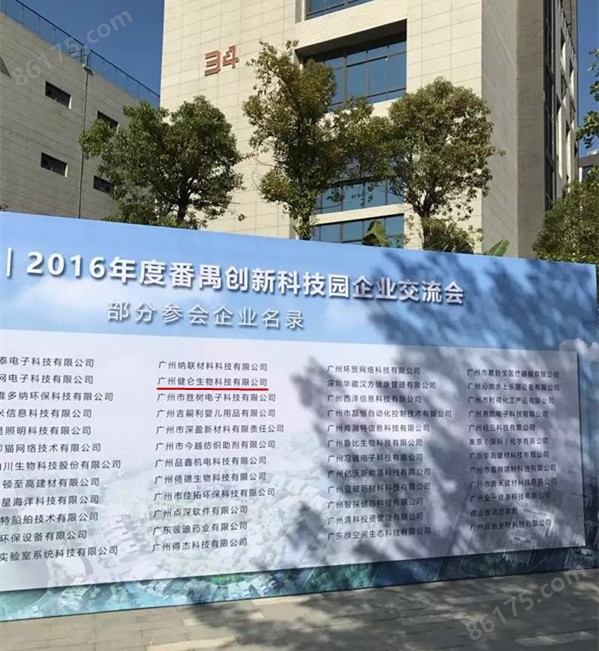其他品牌 品牌
代理商厂商性质
广州市所在地
新孢子虫IgG免疫荧光试剂盒(检测狗)
Neospora caninum IgG IFA Kit
广州健仑生物科技有限公司
主要用途:用于检测狗血清中的新孢子虫IgG抗体
产品规格:12 孔/张,10 张/盒
主要产品包括:包柔氏螺旋体菌、布鲁氏菌、贝纳特氏立克次体、土伦杆菌、钩端螺旋体、新型立克次体、恙虫病、立克次体、果氏巴贝西虫、马焦虫、牛焦虫、利什曼虫、新包虫、弓形虫、猫流感病毒、猫冠状病毒、猫疱疹病毒、犬瘟病毒、犬细小病毒等病原微生物的 IFA、MIF、ELISA试剂。
新孢子虫IgG免疫荧光试剂盒(检测狗)
我司还提供其它进口或国产试剂盒:登革热、疟疾、西尼罗河、立克次体、无形体、蜱虫、恙虫、利什曼原虫、RK39、汉坦病毒、深林脑炎、流感、A链球菌、合胞病毒、腮病毒、乙脑、寨卡、黄热病、基孔肯雅热、克锥虫病、违禁品滥用、肺炎球菌、军团菌、化妆品检测、食品安全检测等试剂盒以及日本生研细菌分型诊断血清、德国SiFin诊断血清、丹麦SSI诊断血清等产品。
欢迎咨询
欢迎咨询2042552662

| JL-FL54 | 牛双芽巴贝西虫免疫荧光玻片 | babesia bigemina IFA Substrate slide |
| JL-FL55 | 牛双芽巴贝西虫免疫荧光试剂盒 | babesia bigemina IFA Kit |
| JL-FL56 | 牛巴贝西虫免疫荧光玻片 | babesia bovis IFA Substrate slide |
| JL-FL57 | 牛巴贝西虫免疫荧光试剂盒 | babesia bovis IFA Kit |
| JL-FL58 | 驽巴贝西虫免疫荧光玻片 | babesia caballi IFA Substrate slide |
| JL-FL59 | 驽巴贝西虫免疫荧光试剂盒 | babesia caballi IFA Kit |
| JL-FL60 | 马泰勒虫免疫荧光玻片 | theileria equi IFA Substrate slide |
| JL-FL61 | 马泰勒虫免疫荧光试剂盒 | theileria equi IFA Kit |
| JL-FL62 | 利什曼虫IgG免疫荧光试剂盒 | Leishmania IgG IFA Kit |
| JL-FL63 | Neospora caninum IgG IFA Kit | |
| JL-FL64 | 新孢子虫IgG免疫荧光试剂盒(检测马) | Neospora caninum IgG IFA Kit |
| JL-FL65 | 猫杯状病毒IgG免疫荧光玻片 | Feline Calicivirus IgG IFA Substrate slide |
| JL-FL66 | 猫冠状病毒IgG免疫荧光玻片 | Feline Coronavirus IgG IFA Substrate slide |
| JL-FL67 | 猫疱疹病毒IgG免疫荧光玻片 | Feline Herpesvirus IgG IFA Substrate slide |
| JL-FL68 | 犬瘟病毒IgG免疫荧光玻片 | Canine Distemper IgG IFA Substrate slide |
| JL-FL69 | 犬细小病毒IgG免疫荧光玻片 | Canine Parvovirus IgG IFA Substrate slide |
二维码扫一扫
【公司名称】 广州健仑生物科技有限公司
【】 杨永汉
【】
【腾讯 】 2042552662
【公司地址】 广州清华科技园创新基地番禺石楼镇创启路63号二期2幢101-3室
【企业文化】


狡猾的寄生虫在其生命周期中常常经历显著的外形变化,让它们能够适应不同的生活环境并且繁盛起来。但是发表在《细胞生物学杂志》(The Journal of Cell biology)的一项研究发现,这些变形看上去可能没有看上去的那么困难。
非洲的“昏睡病”是一种由称为布氏锥虫(Trypanosoma brucei)的由采采蝇传播的寄生虫物种导致的疾病。这种单细胞寄生虫拥有一个内部储藏着这个细胞的线粒体DNA的动基体以及对于细胞运动具有关键作用的一个伸出的鞭毛。布氏锥虫在其发育周期经历了外形和构成的重大变化。在一个称为锥鞭毛体(trypomastigote)的阶段,动基体位于核之后,而几乎鞭毛的所有部分都与细胞相连。另一方面,在短膜虫期(epimastigote)阶段,动基体在核之前,而且只有鞭毛的一部分与细胞相连。布氏锥虫的近亲有许多不同的形状,这表明这些寄生虫在进化中也改变了它们的形态。
当来自英国牛津大学的科研人员减少了布氏锥虫锥鞭毛体的一种称为ClpGM6的蛋白质表达的时候,这个细胞切换到了一种类似于短膜虫期的形态。动基体接近核或者在其之前,而且鞭毛的一长部分伸出了细胞。这些寄生虫与短膜虫期不一样——它们缺乏见于这个生命阶段的一种*的表面蛋白——但是它们有能力存活并且繁殖超过40代。
ClpGM6位于鞭毛的附着区,而且很可能有助于把鞭毛与细胞体连接。失去ClpGM6导致鞭毛的帮助确定细胞尺寸和形状的附着区缩短。这项研究提出,在生命周期中以及在寄生虫进化中出现的显著形态变化可能是由于几个关键蛋白质层次上的调整造成的,而不是源于寄生虫蛋白质或DNA内容的大量变化。
蛋白质是来自DNA的分子马达,执行对生命*的任务,它们是莱斯大学理论生物物理学研究中心(CTBP)的José Onuchic及其同事研究的主要焦点。研究人员使用他们的能量全景图理论(energy landscape theory),来确定一段未折叠的氨基酸链zui终成为一种功能蛋白所采用的途径。这涉及到,计算链中每一个氨基酸的结合模式以及折叠进行中周围环境的影响。
Cunning parasites often experience significant changes in shape throughout their life cycle, allowing them to adapt to different living environments and flourish. But a study published in The Journal of Cell biology found that these distortions may not seem so difficult.
Sleeping sickness in Africa is a disease caused by a parasitic species transmitted by tsetse flies called Trypanosoma brucei. The unicellular parasite has a moving body that holds the mitochondrial DNA of the cell inside, and a protruding flagella that is crucial for cell motility. Trypanosoma brucei undergoes significant changes in shape and composition during its developmental cycle. In a phase called trypomastigote, the motile matrix is behind the nucleus, and almost all parts of the flagellum are attached to the cell. On the other hand, in the epimastigote stage, the motile matrix precedes the nucleus, and only a portion of the flagella is attached to the cell. The relatives of Trypanosoma brucei have many different shapes, suggesting that these parasites also changed their morphology during evolution.
When researchers from the University of Oxford in the United Kingdom reduced the protein expression of ClpGM6, a member of the Trypanosoma brucei conidia, the cell switched to a morphology similar to the meiosis stage. The moving body approaches the nucleus or before it, and a long portion of the flagellum protrudes out of the cell. These parasites are not the same as the meiosis - they lack a unique surface protein found at this stage of their life - but they are capable of surviving and breeding for more than 40 generations.
ClpGM6 is located in the attachment region of the flagella and probably helps to connect the flagella to the cell body. Loss of ClpGM6 Leads to Flagella Help to Determine the Attachment Zone for Cell Size and Shape Shortens. This study suggests that significant morphological changes that occur during life cycles and during parasite evolution may be due to adjustments at several key protein levels rather than a substantial change in parasite proteins or DNA content.
Proteins, a molecular motor derived from DNA, perform mission-critical tasks that are the main focus of José Onuchic and his colleagues at the Center for Theoretical Biophysics (CTBP) at Rice University. Researchers use their energy landscape theory to determine the pathway by which an unfolded amino acid chain eventually becomes a functional protein. This involves calculating the mode of binding for each amino acid in the chain and the impact of the environment in which the fold is in progress.